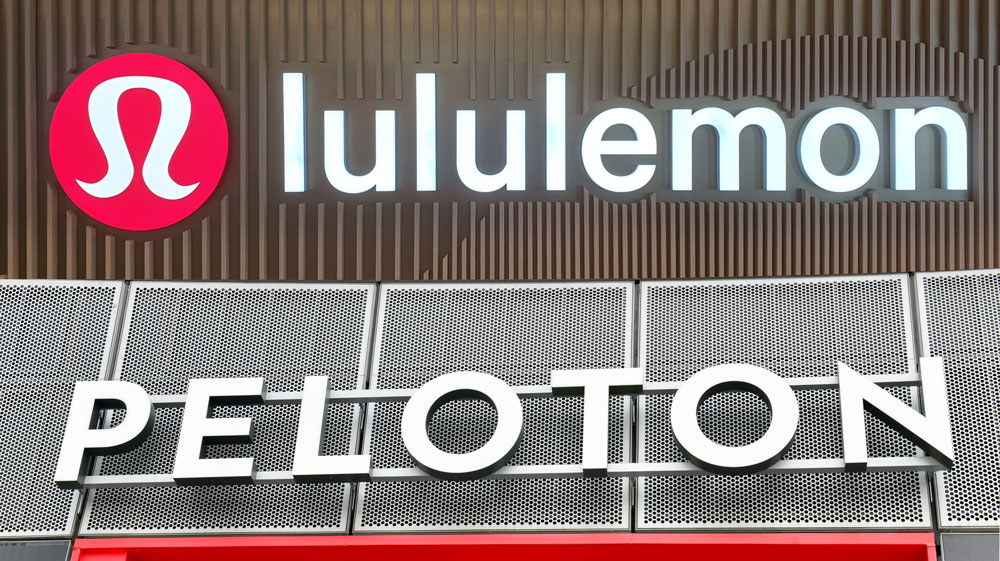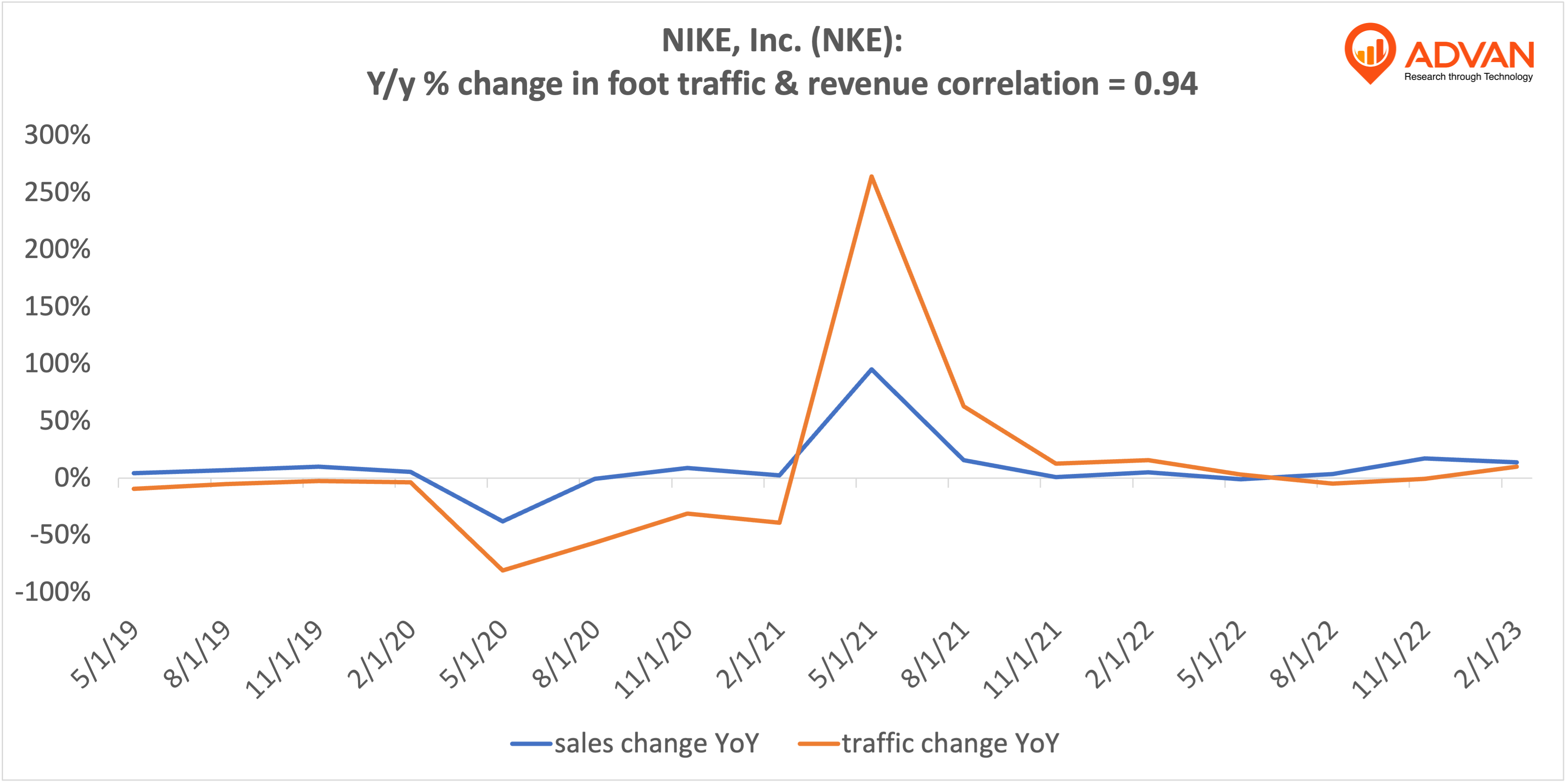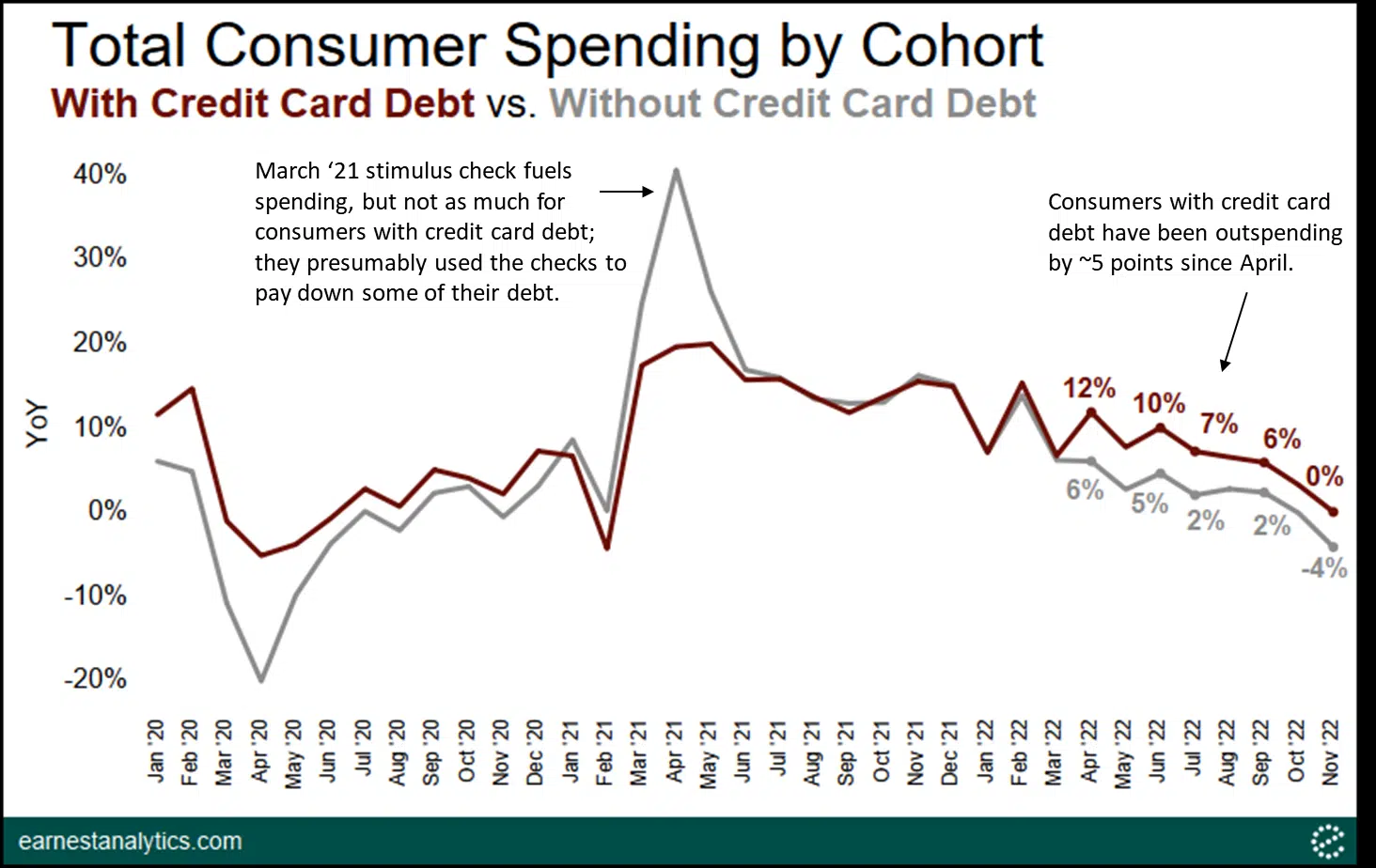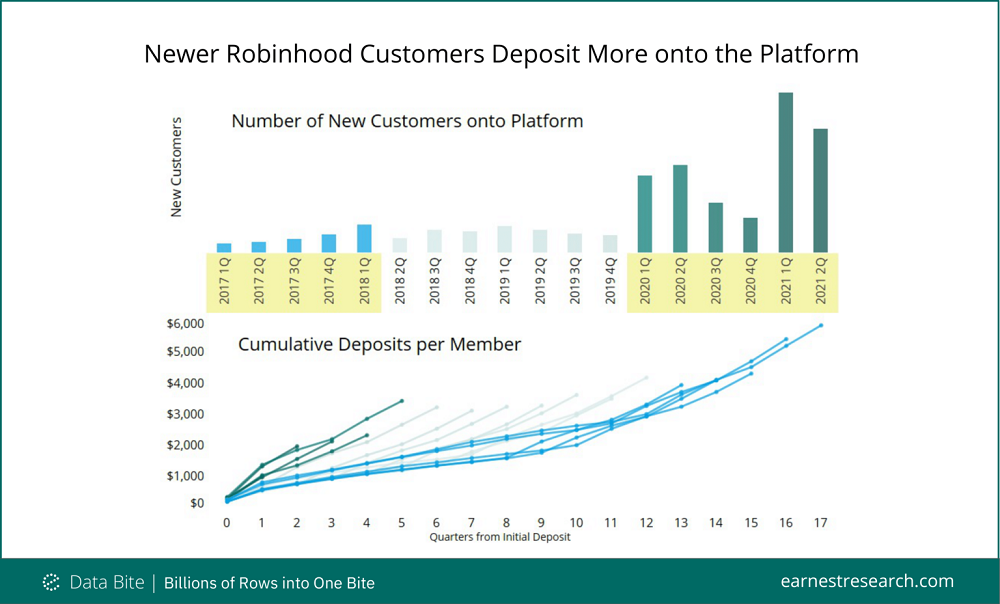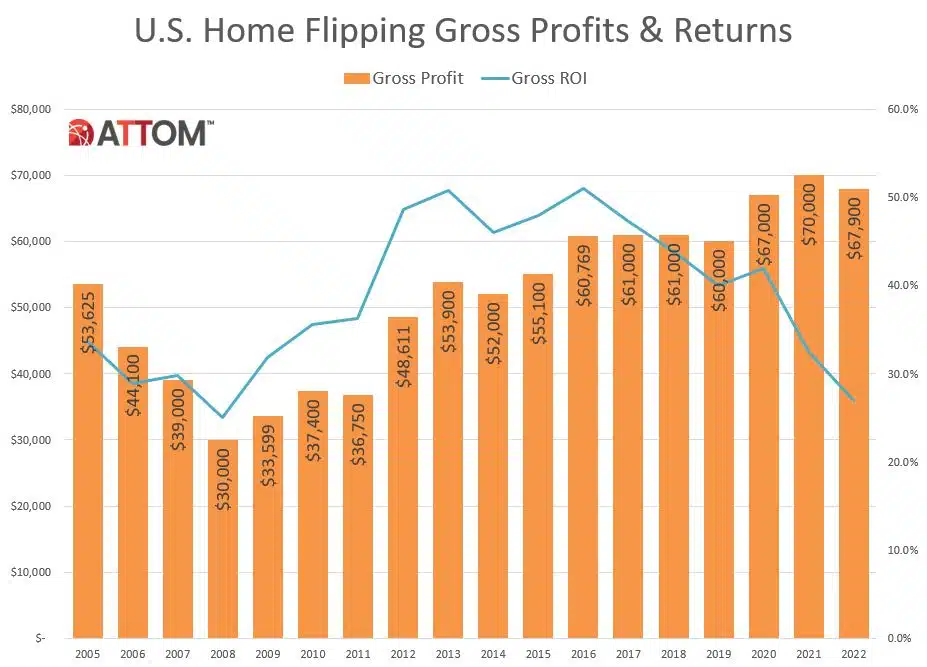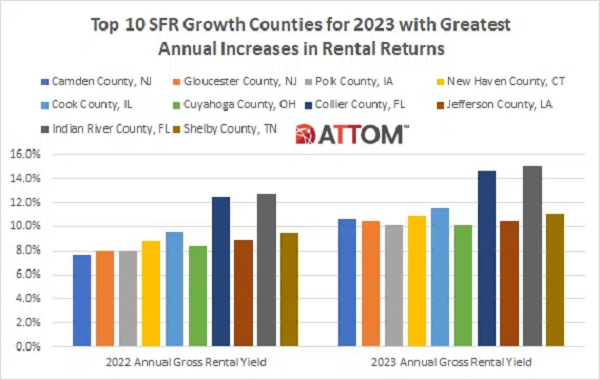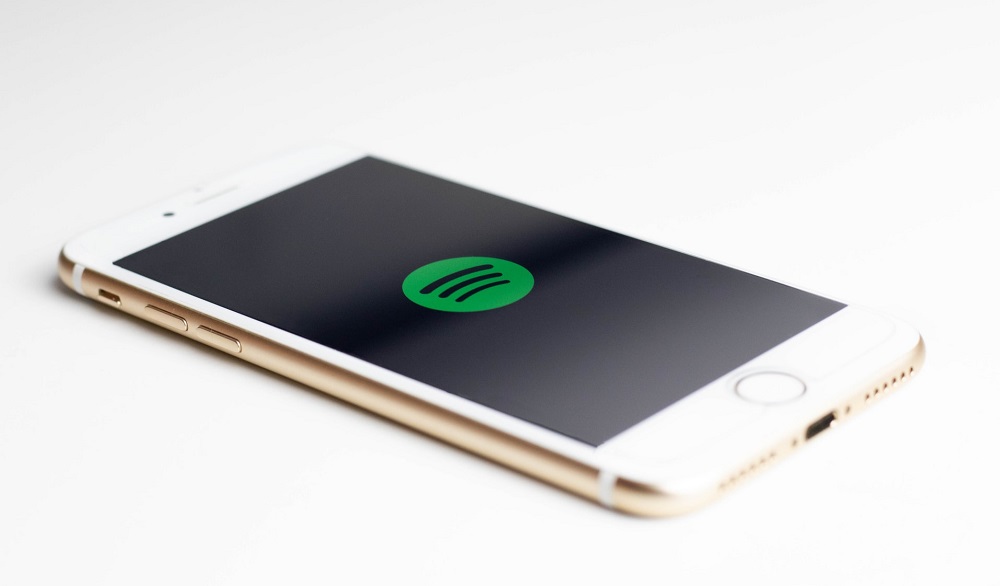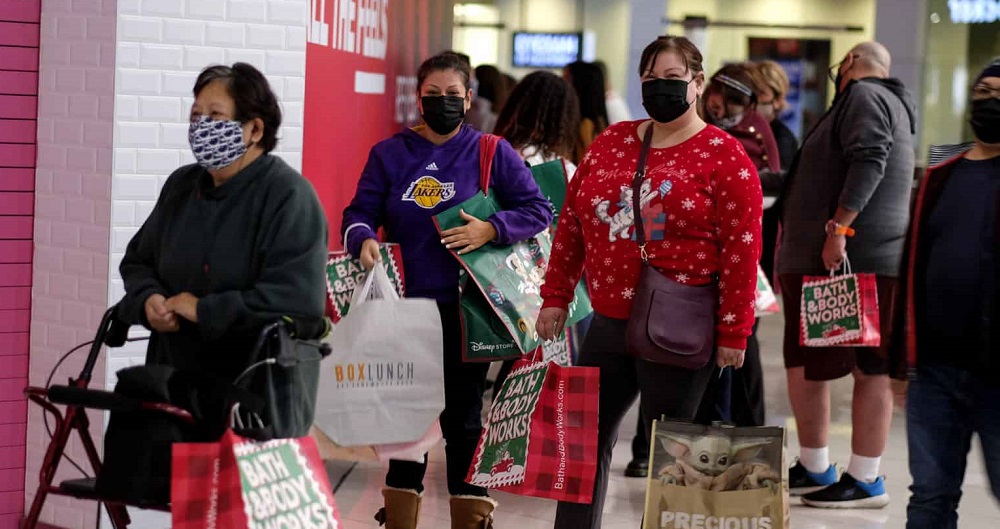In our recent collaboration with Bloomberg News, we tracked real changes in salaries through 2021 using CPI adjustments by MSA and occupation. We found that Recruiters had the biggest increase in real salaries by a large margin. Below are the highest and lowest real changes in salaries by occupation in 2021: Our recent work for Recruiter.com provided a deeper dive into the market for hiring Recruiters in 2021. By tracking the headcount of recruiters at more than 12,000 public companies, we found that growth of Recruiter roles has outpaced other roles in 2021.
In this Placer Bytes, we dive into two ends of the affordability spectrum by looking at McDonald’s recent foot traffic data and analyzing the recovery of leading luxury retailers. For McDonald’s, like for the rest of the dining sector, this year started off difficult in terms of in-location visits. But the fast-food leader saw its traffic increase significantly in July 2021, and visits have stayed in line with 2019 levels ever since.
Cryptocurrency was already growing popular, but this year it clearly became mainstream. Two major companies that enable crypto trading—Robinhood and Coinbase—went public. Major companies like PayPal, Microsoft, AT&T, WeWork, Whole Foods, Etsy, Home Depot and Starbucks all accept Bitcoin. And the “Hollywoodisation of crypto” is underway. Regulators have passed legislation to crack down on crypto tax reporting. Digital currencies are no longer an alternative form of currency. But many individuals still feel confused about how to purchase, hold and use digital currencies.
When many Americans sheltered in their homes early in the coronavirus pandemic, meal delivery sales reached new heights. Our data reveals that in November 2021, sales for meal delivery services grew 13 percent year-over-year, collectively. The ongoing pandemic may also be driving more Americans to make their first meal delivery purchase. In November 2021, 50 percent of U.S. consumers had ever ordered from one of the meal delivery services in our analysis, up from 44 percent a year ago.
When U.S. cities and states faced shelter-in-place orders to limit the spread of the coronavirus, Americans’ reduced mobility resulted in plummeting sales at rideshare companies. With the exception of a late 2020 dip, sales have been gradually recovering since April 2020. Uber sales were up 124 percent year-over-year and Lyft sales were up 101 percent year-over-year in November 2021.
The fitness industry was completely transformed during the pandemic. Instead of exercising in poorly ventilated, indoor facilities, gym-goers bought home equipment or began to exercise outside. While the gym used to sit at the top of the fitness hierarchy, digital models and at-home systems gained more market share over the past two years. “The gym may have once had this temporary monopoly, but this is over, and the pandemic has demonstrated that consumers can capably locate and enjoy many different gym substitutes,"
CE Receipt can help users understand company performance not only by tracking topline spend, but also by digging into margin drivers with a breakout of shipping costs. Free or reduced cost shipping promotions for online orders can eat away at retailer margins, making this a key area to track for the holiday season. Despite supply chain issues and a shift back to brick-and-mortar shopping this year, average shipping charges in our CE Receipt Shipping Index have remained remarkably similar to last year’s in the holiday shopping period to date.
When analyzing leading wholesale clubs in the spring, there was a clear sense that the sector was in the midst of a clear and significant recovery. Visits had surged back to growth compared to 2019, and there were real signs that these jumps in traffic could last deeper into the year. A look at these same retailers in the summer only confirmed that assumption. So, as the end of 2021 approaches, we dove back in to see how the sector has performed and what this could mean for the prospects of leading chains in 2022.
Supply chain issues. Material shortages. Inflation. Across most industries, these are the words dominating executive meetings. And the footwear industry is no exception. Prices for shoes were up 6.5% in September, compared to a year ago. This spike in prices is due to a shortage of rubber and plastic, factory shutdowns in the summer and the shipping crisis at ports. But increased prices don’t necessarily mean less sales. Shoe companies, like Skechers, that had been investing in eCommerce and were well-positioned for pandemic-related trends
As we come to the end of another year of social distancing, we’re using today’s tracker to share some insights on Black Friday, how the holiday season is faring so far, and what malls can tell us about larger trends and shopper hesitancy. We’re also sharing our recommendations for marketers on how to respond to ongoing shifts and sentiment due to omicron. Comparing the changes social distancing brought to holiday shopping in 2020 vs 2021, one thing is clear: Black Friday had brands rebounding in a big way. Let’s take a look below.
Total aggregate consumer spending grew 3% YoY in the week ending Dec 7th according to the Earnest Research Spend Index (ERSI*), a measure of sales growth for 2,500+ U.S. consumer discretionary and staples businesses. This was a deceleration from the 9% YoY growth during the first 10 days of the preliminary holiday season (Nov 1 to 10th). Strong average transaction size growth, possibly due to inflation or reduced discounting, was partially offset by fewer transactions (-1% YoY), a deceleration from the 6% YoY transaction growth in October.
Over the past few years, Spotify (NYSE: SPOT) has rolled out new options for its listeners. Most recently, in July 2020, Spotify introduced its Premium Duo plan, which is designed for two-person households and offers two premium accounts for one discounted price. While the Premium Duo plan currently represents only about 2 percent of Spotify’s U.S. consumer transactions, a look at customer retention by acquisition price point indicates that the Premium Duo plan has a higher customer retention rate after 12 months than other Spotify subscription plans
Last week, DTC clothing subscription companies Stitch Fix (NASDAQ: SFIX) and Rent the Runway (NASDAQ: RENT) released earnings reports showing strong revenue growth in the most recent fiscal quarter. Before these earnings reports were released, transaction data from Bloomberg Second Measure projected the quarter’s revenue within 1 percent of each company’s reported revenue. Our data also reveals that sales for Stitch Fix slowed down in November, the start of its new fiscal quarter.
CVS recently announced its plans to close approximately 900 stores over the next three years, while Walgreens has been expanding and diversifying its store fleet – but both brands have been investing heavily in developing their healthcare offerings. We dove into the foot traffic data to better understand these pharmacy leaders’ pivot into healthcare and to see how location analytics can inform which CVS store closures.
Despite ominous headlines warning of ‘major toy shortages’, big retailers are gearing up for a record holiday shopping season. Walmart hired nearly 200,000 workers in the third quarter in anticipation for the holiday rush. Meanwhile, Amazon has said it will lay out several billion dollars to manage labor and supply chain shortages in the lead up to Christmas. Whether there will be enough Xboxes and Paw Patrol plushies for Christmas remains to be seen. However, we do know that Amazon, Walmart, and Target are all plunging ahead on their advertising to compete for shoppers’ hard-earned cash.
Total construction starts fell 14% in November to a seasonally adjusted annual rate of $867.8 billion, according to Dodge Construction Network. Nonbuilding and nonresidential building starts bore the brunt of the decline, falling 30% and 21% respectively after seeing sharp increases in October as three large projects broke ground. Residential starts gained a modest 3%. Without October’s large projects, total construction starts in November would have increased by 5%.
What’s your go-to messaging app? You may not know it, but your answer will largely depend on where you live. We analyzed Android data from 90 countries using Similarweb’s market research intelligence, to determine the most popular messaging apps across the world. We found that overall, there were three top messaging apps dominating the global market in 2021. Let’s dive right in.
The bipartisan Infrastructure Investment and Jobs Act will invest about $2 billion on cybersecurity, and support public and private entities as they respond to, and recover from, significant cyberattacks. Cybersecurity roles have been growing much faster than all other roles in the last decade. But with this renewed focus, can the government actually compete with the high salaries of the finance industry for the most sought after talent?
The pandemic has infused new life into brick and mortar retail. But retail’s potential will not actualize itself – retailers need to actively adapt their strategies and seize the opportunities presented by this unique moment in time. Our latest white paper examines eight key trends that emerged from the pandemic and that will continue to have a major impact on the retail sector going into 2022.
The Earnest First Choice Retailer Rankings are based on the credit and debit card spend of millions of de-identified U.S. consumers. Earnest identifies each shopper’s First Choice Retailer by comparing their spend across 1000 retailers between Thanksgiving and Cyber Monday. For example, if Shopper A spent $70 at Amazon, $50 at Walmart, and $30 at Target, their First Choice Retailer would be Amazon.
